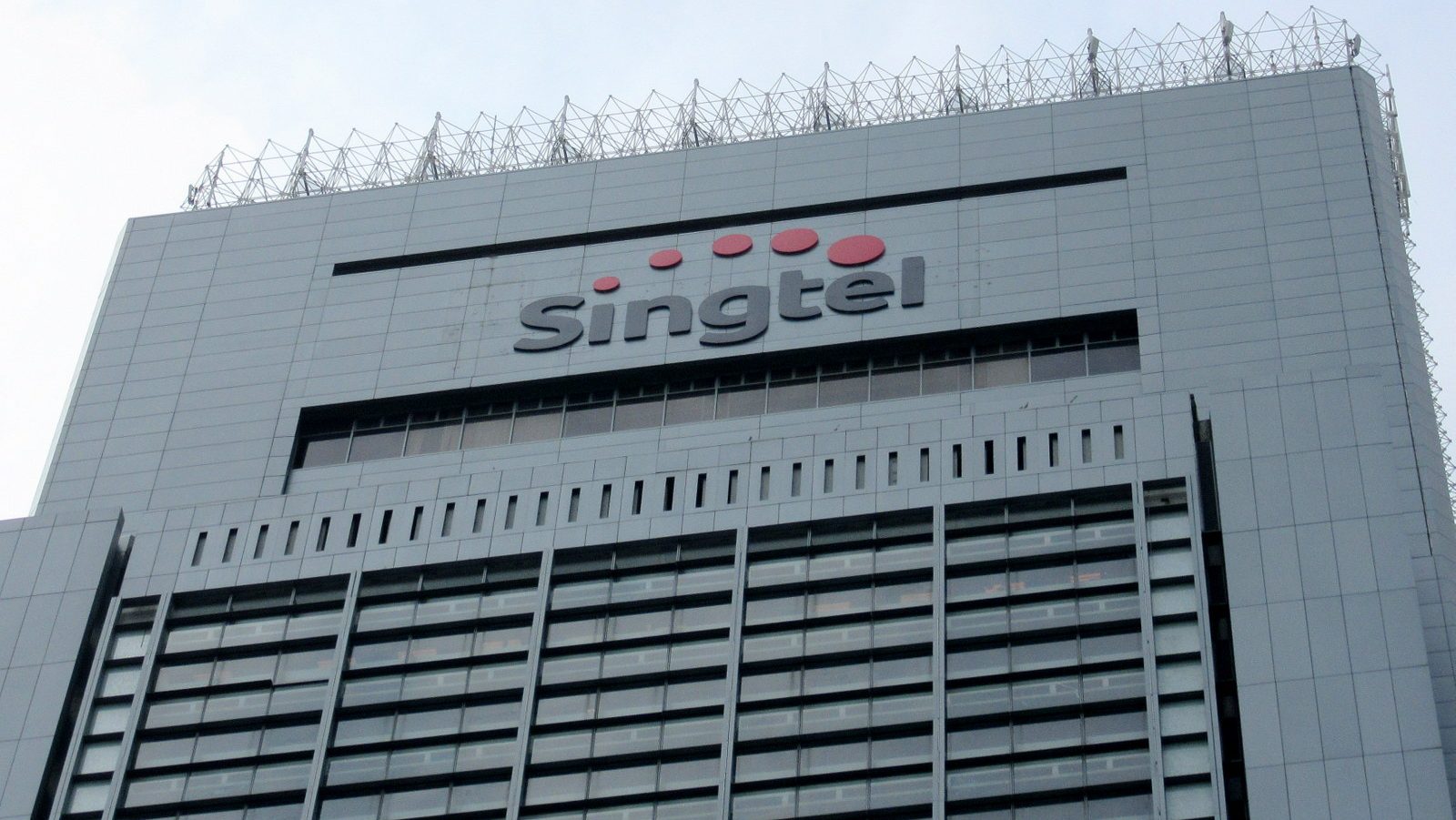SINGAPORE: Singapore’s mobile services sector is poised to generate $2 billion in revenue by 2029, driven by the increasing adoption of 5G technology. According to GlobalData’s Singapore Mobile Broadband Forecast for Q4-2024, the market will maintain a modest compound annual growth rate (CAGR) of 0.8% from 2024 through 2029, reflecting steady but stable growth within the telecommunications industry.
One of the key drivers of this growth is the widespread adoption of 5G services, which is expected to stabilize revenue and spark innovation within the telecom sector.
While mobile voice service revenues are projected to decline at a CAGR of 5.4% during the forecast period, the rise in 5G and mobile data services is anticipated to offset this trend. The decline in mobile voice service revenue can largely be attributed to consumers shifting towards over-the-top (OTT) communication platforms, resulting in lower average revenue per user (ARPU) for traditional voice services.
In contrast, mobile data service revenues are expected to see a significant increase, growing at a CAGR of 5.2% between 2024 and 2029. This growth is largely due to the surge in demand for mobile data, along with the anticipated growth in 5G subscriptions, which offer higher ARPU potential compared to 4G services.
Kantipudi Pradeepthi, a telecom analyst at GlobalData, said, “4G will remain the dominant mobile technology, in terms of subscriptions, until 2024. However, 5G subscriptions are projected to surpass 4G in 2025, and by the end of 2029, 5G will account for an impressive 90% share of total mobile subscriptions in Singapore.”
Singtel is expected to maintain its market dominance in terms of subscriptions through 2029. The company’s strong foothold in both prepaid and postpaid segments, coupled with its ongoing investments in 5G network expansion, positions it well to retain its leadership in the market.
In a significant move to enhance its 5G offerings, Singtel upgraded its 5G network to 5G+ in February 2025, utilizing the 700 MHz spectrum. This upgrade promises to improve signal strength by up to 40% in high-rise buildings and underground locations, extend coverage to more remote areas, and offer better connectivity for both consumers and enterprises.

